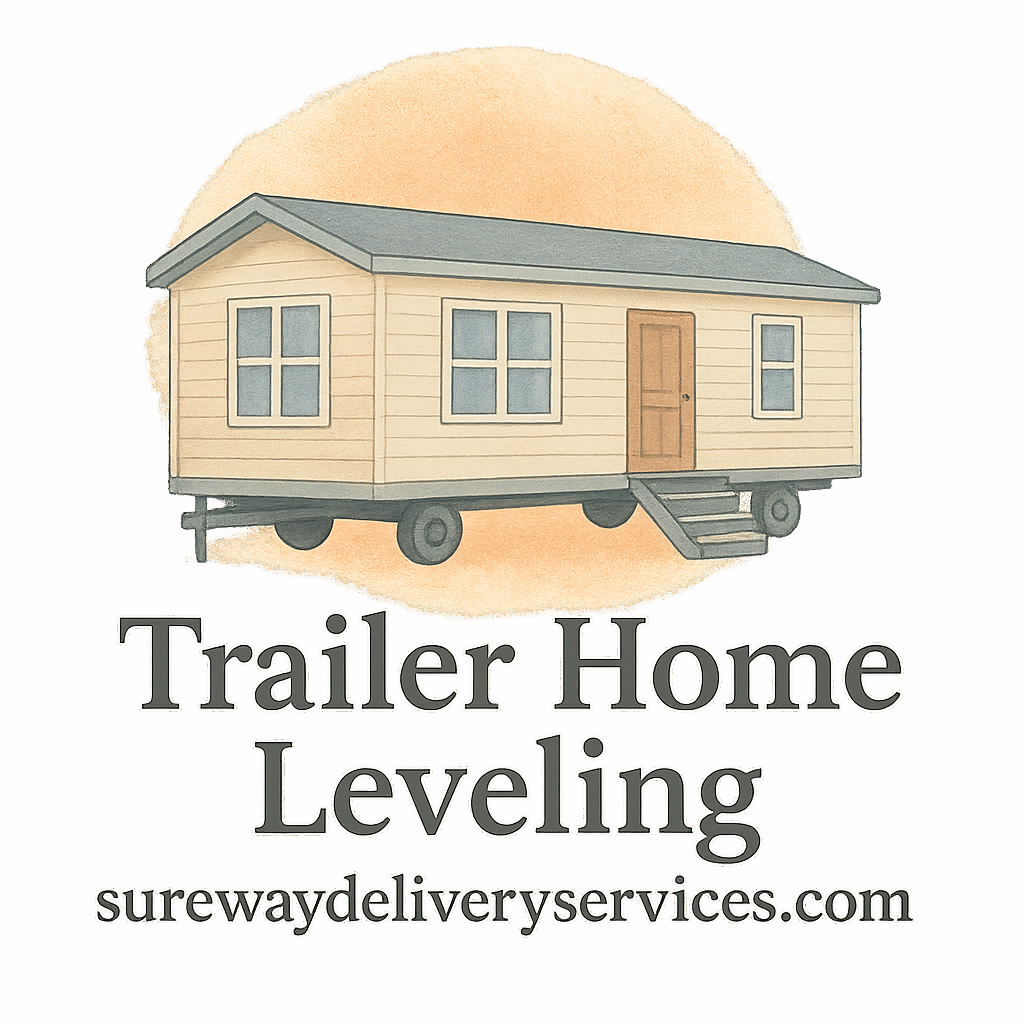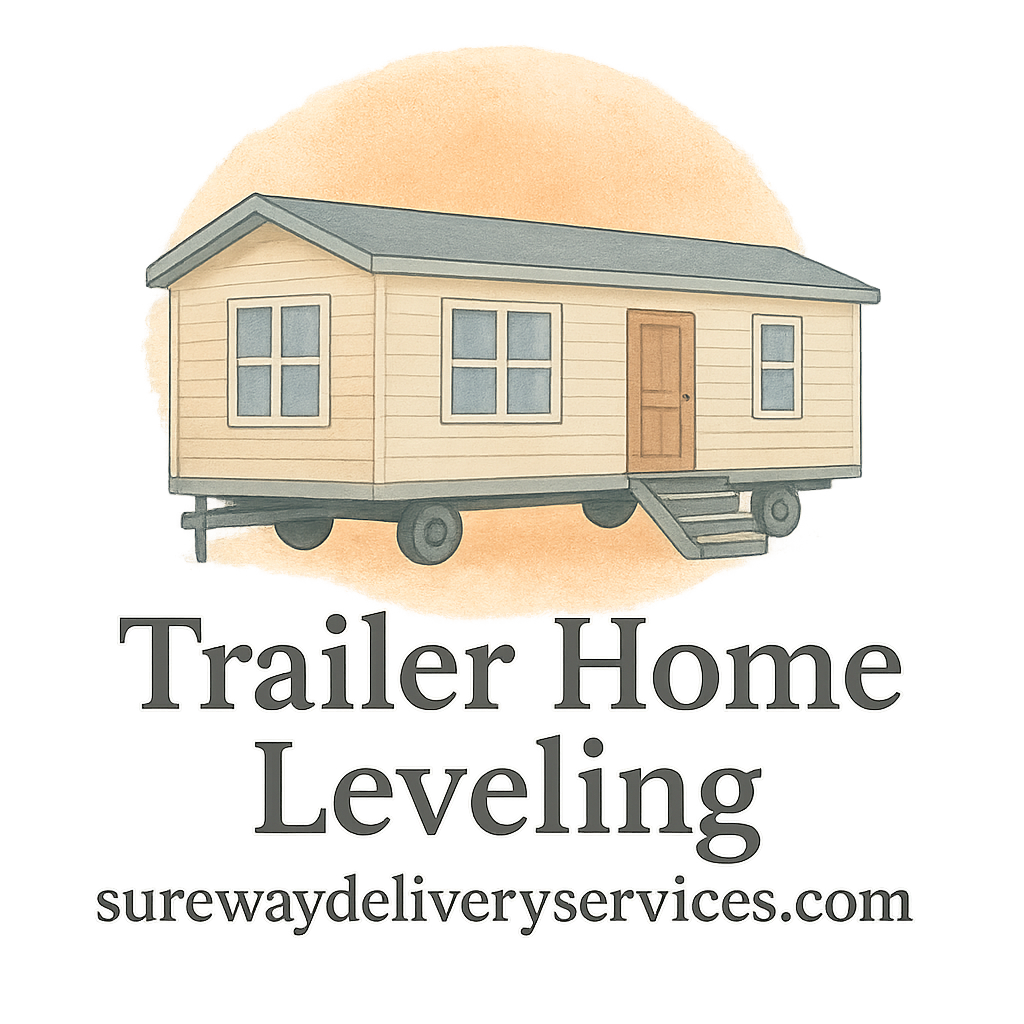Leveling your trailer home might sound like a job for the pros, but the truth is—there are plenty of things you can do yourself. Whether you’re on a budget or just enjoy the satisfaction of DIY projects, these tips will guide you through the process safely and effectively. Let’s roll up our sleeves and dive in!
Understanding the Basics of Trailer Home Leveling
Before we get into the nitty-gritty, it’s important to understand what trailer home leveling is and why it matters.
Why Leveling Matters for Your Home
An unlevel trailer can cause serious issues—from sticking doors to plumbing problems. Even worse, it can compromise the structural integrity of your home over time. Regular leveling ensures everything stays square and stable.
Learn more about the basics and introduction to trailer home leveling.
Common Signs Your Trailer Home Needs Leveling
- Cracks in walls or ceilings
- Slanted floors
- Doors or windows that won’t close
- Creaking noises
- Loose or separating trim
These are your home’s way of yelling, “Help, I’m unbalanced!”
Tools You’ll Need for DIY Home Leveling
Let’s talk gear—because you can’t wing it when it comes to leveling.
Must-Have Tools and Equipment
- Hydraulic bottle jacks or screw jacks
- Level (bubble or laser)
- Pressure-treated wood blocks or concrete piers
- Composite or wooden shims
- Measuring tape
Check out these essential tools used in trailer leveling for deeper insight.
Safety Gear and Setup Preparations
You’re not going into battle, but close enough. Get yourself:
- Heavy-duty gloves
- Safety goggles
- A hard hat
- Work boots
- A buddy (you’ll need help!)
Tip #1: Start with a Thorough Inspection
Before you jack up anything, know what you’re working with.
What to Look for During an Inspection
- Are your piers sinking?
- Are the floors warped?
- Are there signs of water damage under the trailer?
Use Our Inspection Checklist
A checklist can keep you from missing hidden problems.
Tip #2: Check the Bubble Level First
This small tool gives big clues.
How to Use a Bubble or Laser Level Effectively
Place the level on your floors in multiple locations. If that bubble is off-center, so is your home. Mark each uneven spot to guide your jacking.
Don’t skip this—it’s the basis of every adjustment you’ll make.
Tip #3: Secure the Right Jacks
One jack doesn’t fit all situations.
Choosing the Right Jacks for Trailer Homes
Hydraulic jacks are great for larger adjustments, while screw jacks are ideal for fine-tuning. Always use jacks rated for your trailer’s weight.

Tip #4: Address Soft or Sinking Ground
Even the strongest jack is useless if it’s sitting in mud.
Reinforce the Ground Before Lifting
Lay concrete pads or treated wood under your jacks to prevent them from sinking into the soil. Consider improving the overall foundation if soft soil is a recurring issue.
Tip #5: Lift in Small Increments
Rome wasn’t built in a day, and neither should your level home be.
Why Slow Lifting Prevents Structural Damage
Raise one corner a little, then the opposite side—like tightening shoelaces. It reduces stress on the frame and avoids cracking.
Tip #6: Adjust and Recheck Frequently
Leveling isn’t a “set it and forget it” gig.
Keep the Home Leveling Process Accurate
Every inch counts. After every adjustment, recheck with your level. Repeating this ensures precision.
Tip #7: Secure the Support Blocks Properly
Blocks are the foundation’s foundation.
Best Practices for Block Placement
- Stack blocks in a crisscross (staggered) pattern
- Make sure they’re aligned vertically
- Never use damaged or cracked blocks
Using proper leveling techniques and methods will keep things solid.
Tip #8: Use Shims Where Necessary
A little wedge goes a long way.
When and How to Use Wooden or Composite Shims
Use shims to fine-tune after major lifting. Just make sure they’re tight and secure—loose shims can cause future settling.
Tip #9: Monitor for Recurring Shifts
Your trailer isn’t a statue. It moves—thanks to weather, soil, and time.
Plan Annual Maintenance and Monitoring
Create a schedule to inspect your home every 6-12 months. Tiny shifts are easier to fix early on.
Tip #10: Document Your Process and Results
Don’t trust your memory—trust your notes.
Create Your Own Maintenance Checklist
Record dates, problem areas, and solutions used. You’ll thank yourself next year.
When to Call the Pros
DIY isn’t always enough—especially for older trailers or severe shifts.
Signs DIY Isn’t Enough
- Major cracks in walls or foundation
- Repeated leveling failures
- Noticeable sag in the roofline
Hiring a Professional Service
Sometimes, the cost of not calling a pro is higher than the service fee. Get expert advice and protect your investment.
You can find affordable options with good customer reviews and transparent service packages.
Conclusion
Leveling your trailer home doesn’t have to be intimidating. With the right tools, patience, and know-how, you can keep your home balanced and avoid costly repairs. Follow these DIY home leveling tips, and you’ll be standing on solid ground—literally.
Explore more content like this at TrailerHomeLeveling.com and dive into our guides on cost & budgeting, routine maintenance, and DIY trailer service techniques.
FAQs
1. Can I level a trailer home by myself?
Yes, you can if the job is minor. However, for large shifts or older homes, it’s better to call a professional.
2. How often should I recheck the leveling of my trailer home?
At least once a year. Use a checklist to track it.
3. What’s the most common cause of an unlevel trailer home?
Soft or shifting ground under the supports.
4. Is using wooden blocks for leveling safe?
Only if they are pressure-treated and stacked properly. Avoid cracked or old wood.
5. What are signs that I need immediate leveling?
Stuck doors, large cracks, and visible tilts are urgent indicators.
6. How much does professional trailer leveling cost?
Check our cost tips for a detailed breakdown and budget planning.
7. Can leveling fix structural damage?
It can help but won’t fix pre-existing damage. Always inspect first and consult experts if needed.


